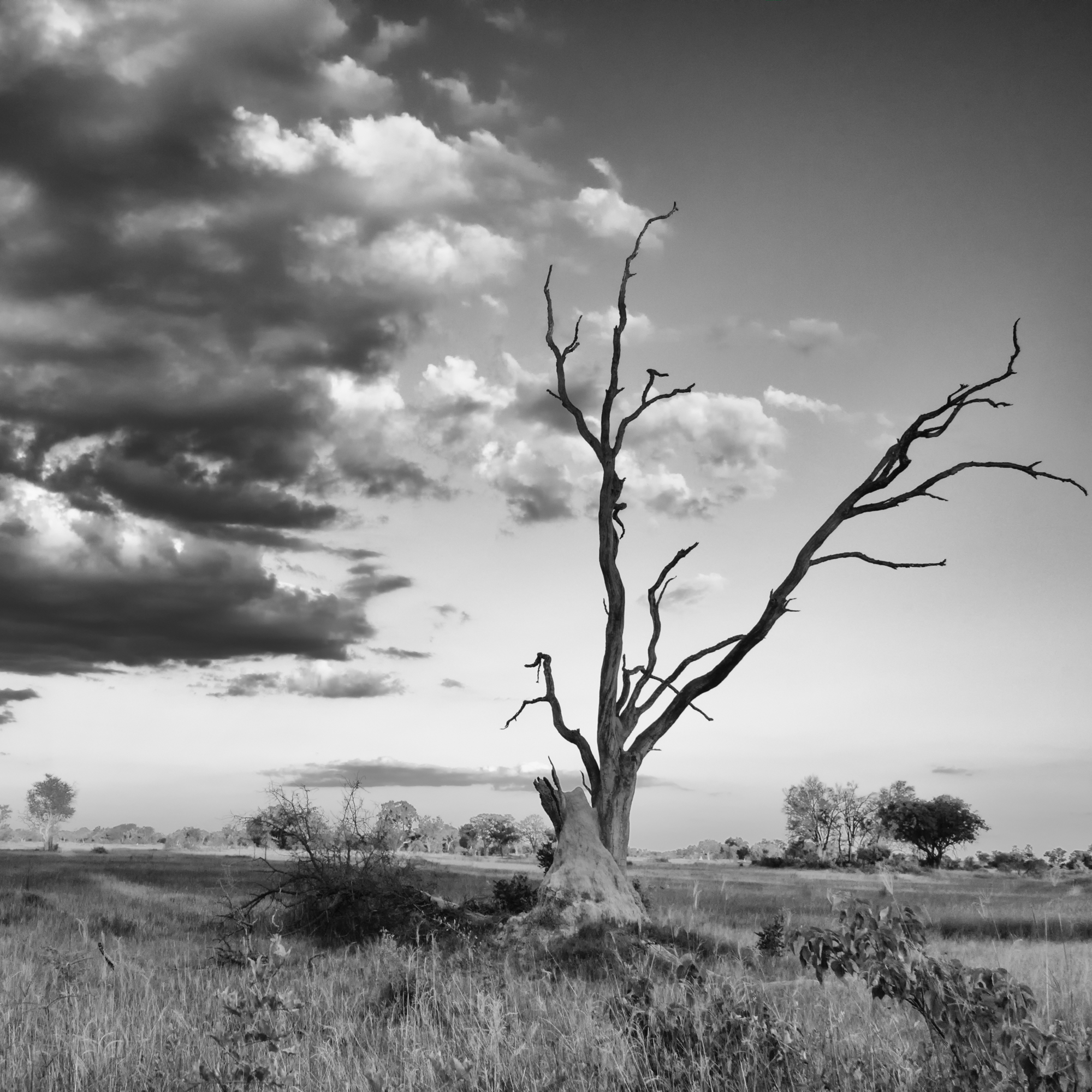



Showcasing the beauty of Mother Nature






Whilst in Namibia on my last visit, I travelled for a couple of days in the Etosha area. Being in the park itself is quite different to being on a private reserve, since there is no off-road driving allowed, but there was still a lot of great game viewing when driving around the park.
We were fortunate to come across a group of 3 young lion brothers, likely ejected from their pride within the past few months, as they had gotten to the age where they needed to be on their own. They still had the energy and playfulness of cubs though, chasing each other around a water hole. We were even more fortunate to be the only vehicle to being viewing these lions for the majority of the time that we spent with them, allowing us to get in a great position to watch them going about their day.






I met a friend for a tea and a visit last week, and as she also feels a connection to elephants, I started telling her about the elephant encounter I had on the last day of my last safari trip. Since I still had a few flagged images from that sighting that I wanted to edit, I thought they’d make a great post for today.
I posted a bit of the story of these elephants before, which you can check out here if you’d like, along with a couple more images.
I hope you enjoy my selection of images, and hope you have a wonderful week ahead.




As mentioned last week, I decided to go with bird images for my last round of editing images with On1 Photo Raw, Topaz Studio and Luminar, seeing how the results compare with the different software choices. I thought bird images would be a great choice because there are lots of fine details in feathers that need to be enhanced, and often things like distracting backgrounds that need to be minimized.
In very broad strokes, I’ve come to realize editing an original image in Topaz Studio that requires colour correction is not something I enjoy doing, and not something I will try to do moving forward (until they provide some updates to that portion of the interface). I don’t find that the colour temperature slider works well enough to deal with complicated colour scenarios, and I can get much better results using On1 Photo Raw, or even Luminar.
The first images I picked are of a purple roller that I spotted on the banks of the Boteti River in Botswana. I decided to edit original images in each program, rather than correcting colour first in On1 Photo Raw and editing the resultant images. For a series of images, it’s obviously not a good strategy, but I really wanted to see the different colour rendering and how well I could adjust the images. The results are mixed.



Next up are some wattled cranes, also seen along the banks of the Boteti River while staying at the fabulous Leroo La Tau camp. While these images were all shot on the same morning, the light was changing very fast and the birds were moving around relative to our vehicle, so some images were shot into the sun and others with the sun at my back. Wattled cranes are listed as a vulnerable species; our guide Calvin had been so excited to see a group of this size while we were out on game drive.



Up next are one of my favourite birds, the beautiful lilac breasted roller. Unlike the purple roller, I have seen this bird on all my trips in Africa, and have gotten a few really good shots over the years.



These roller images are the best ones for comparing the software, since the bird is fairly close and the light unchanging. I am finding the version from On1 looking a little crunchy when compared to the other two, and the Topaz version lacking a little bit of contrast. I think I was able to bring out the colour and tones the best with Luminar on this particular image. I found Topaz was able to bring out a lot of fine detail in the feathers without making the image look crunchy (it’s hard to see on a web sized image, so you’ll have to take my word for it). I think the On1 version could have done well with backing off the tonal contrast a couple of points; though if that version had been posted in isolation, I would be very happy with it.
I started getting some editing fatigue looking at so many similar images, so I decided for the last few, I would just pick a few one-off bird images, and edit one of each in the various programs.



There are pros and cons to each of the programs; Topaz and the colour correction issues I have been having, Luminar with the lack of adjustable luminosity masks, and with On1, I don’t find the noise reduction function is a good as some other options. But saying that, all the options are robust programs that have a lot of great features, it’s just a matter of learning how to use the tools to your best advantage. I don’t feel like I am in any type of editing disadvantage by choosing to use these software options over the more common Lightroom and Photoshop scenario (that I also used for several years).
From these editing immersions and comparisons, I think I am a getting a little closer to knowing where all these options fit into my workflow.

My very favourite reason to slow down while out for a drive 🙂


A heavily pregnant zebra pauses for a photo op in Etosha National Park.
